This morning I discovered via Facebook feed that the great American literary sensation Nancy Drew is 85 years old, making her quite possibly the oldest 16-year-old super sleuth in history. That got me to searching for this story, which ran originally in The Oregonian on October 12, 1997. A revised version later ran in the late, lamented magazine Biblio.
________________________________________________
Here’s to you, Nancy Drew. You were my first true love. My first safe true love.
Sure, there were others. Freckled Norwegian girls with hair like hay and eyes as swift as mountain streams. Lipsticked, rounded girls in cashmere sweaters that clung to peach-soft skin. Porcelain dolls of unapproachable sophistication. But they were dangerous, because they were real, and liable to utterly destroy the hesitant intentions of an awkward boy.
Ah, but you, you forthright, striding, titian-haired marvel. You, you crime-busting beauty in your little blue roadster.
You were a flash, an action. A wonderful blank, waiting to be filled in. Made of printer’s ink and imagination, you were the speeding American vision of a bright future. An ideal, a fantasy, a goal. You were not for attaining. You were for setting the standard. You were the New American Woman.
Thank heavens for the printed page. With real girls, I was pretty much doomed to be tongue-tied and star-struck. With you, I had a relationship. And it was about all sorts of things, perhaps the least of which was puppy love (you were not, essentially, romantic, though you were a creature of romance). It was about literature and the secrets of writing. It was about boldness and courage and the declaration of self. It was about waking to the possibilities of a bigger world. It was about laughter and embracing the ability to enjoy. It was about doing right and fighting wrong. It was, in several pertinent senses, about growing up.
Not, of course, that I realized it at the time. At the time you were just a darned good read, a queen of the cliffhanger. How, in The Secret of the Old Clock (the very first Nancy Drew mystery, published in 1930), would you get out of the closet where the vicious thief Sid had locked you so he could make his getaway? Why, in The Hidden Window Mystery (No. 34), does Luke cry out in terror when you start to pull the lever to the trap door in the haunted house?
Continue reading Nancy Drew, mon amour: my secret affair with the world’s greatest girl detective

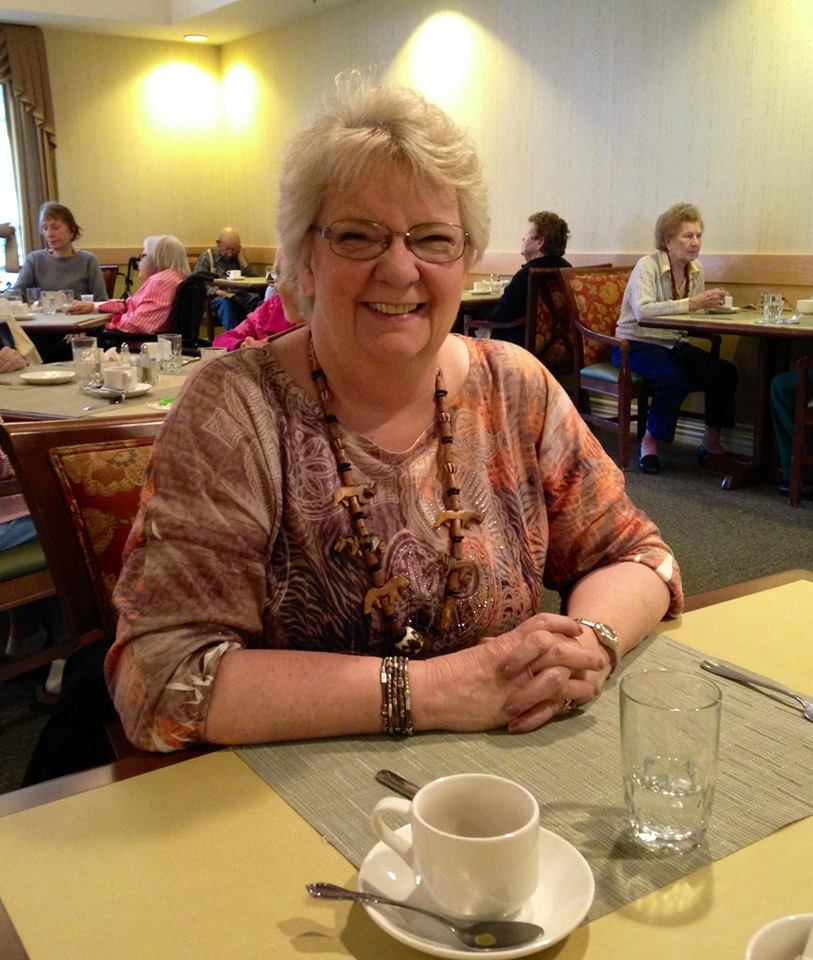
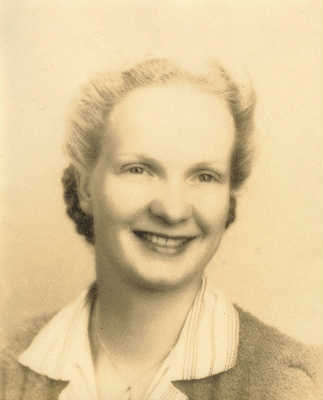
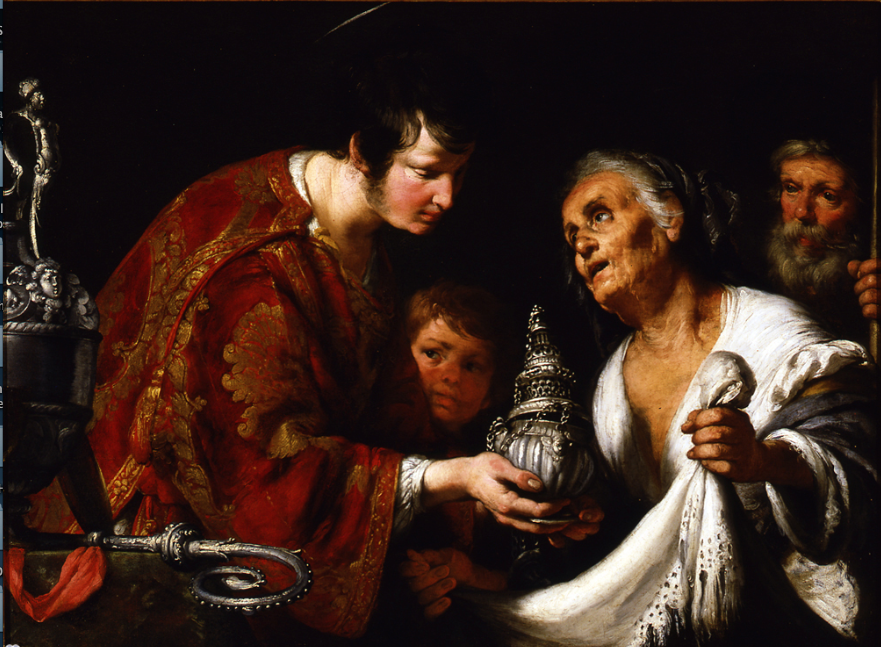
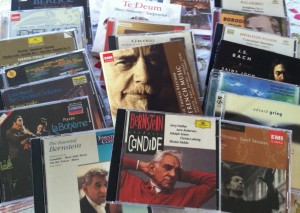 This is a major bummer. I wrote about it for Oregon ArtsWatch in this piece,
This is a major bummer. I wrote about it for Oregon ArtsWatch in this piece, 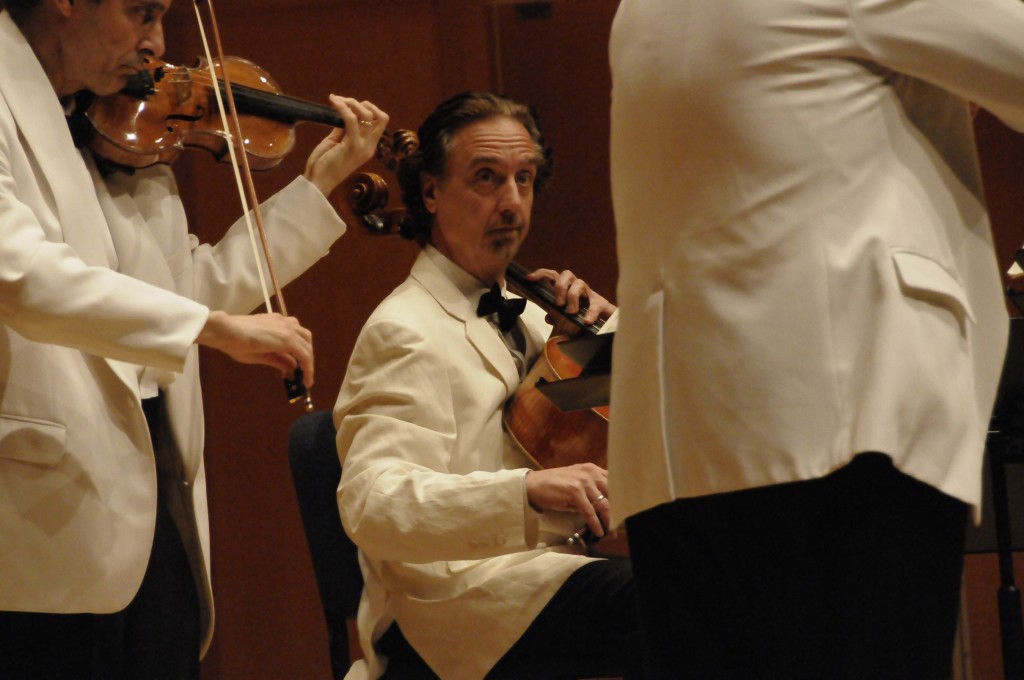
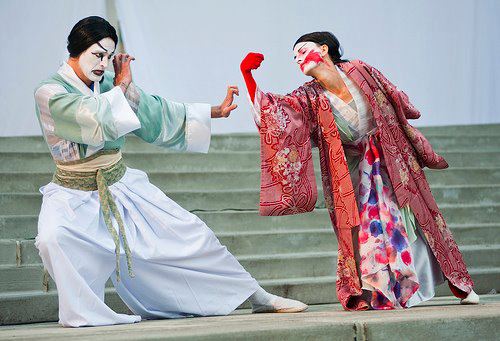
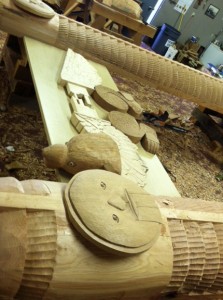
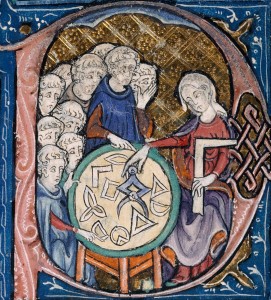 Or, let’s get even more pragmatic here: What percentage of our future workforce would we like to see have a high school diploma? And is it worth $35 a year to ensure that, not only do more of Portland’s students graduate, they also graduate with self-confidence, discipline, empathy and the capacity for innovation?
Or, let’s get even more pragmatic here: What percentage of our future workforce would we like to see have a high school diploma? And is it worth $35 a year to ensure that, not only do more of Portland’s students graduate, they also graduate with self-confidence, discipline, empathy and the capacity for innovation?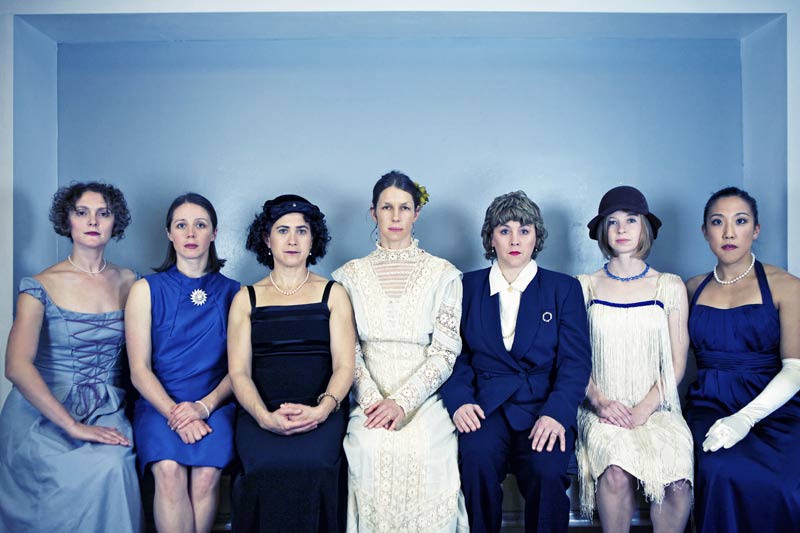 Photo: Pak Han
Photo: Pak Han